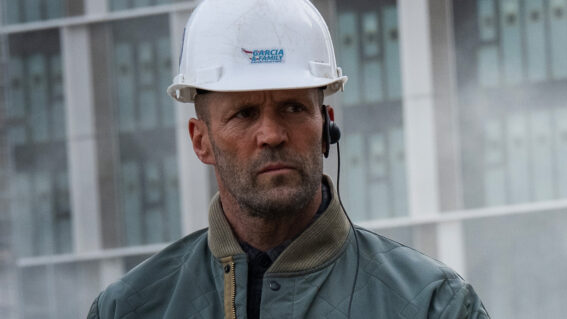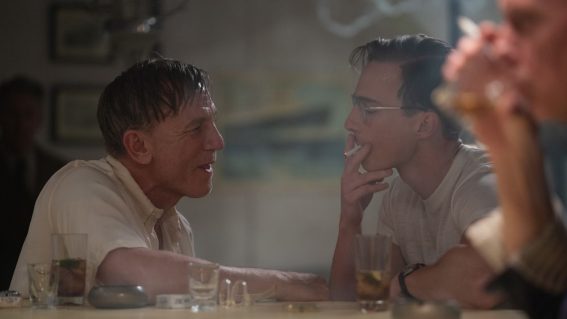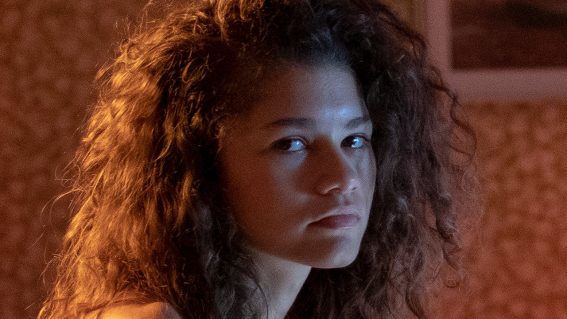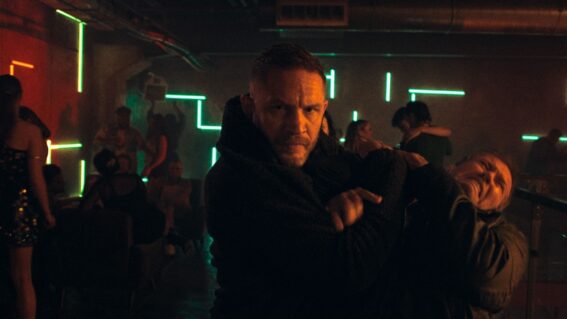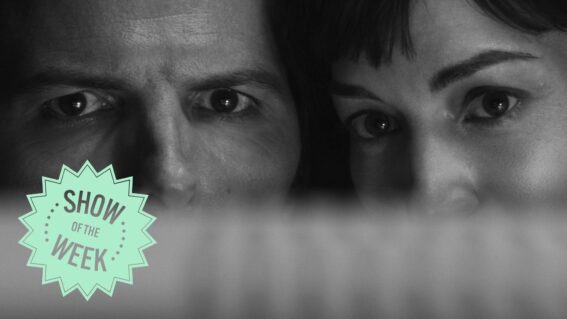The Sandman comic books vs TV show: here’s the key differences
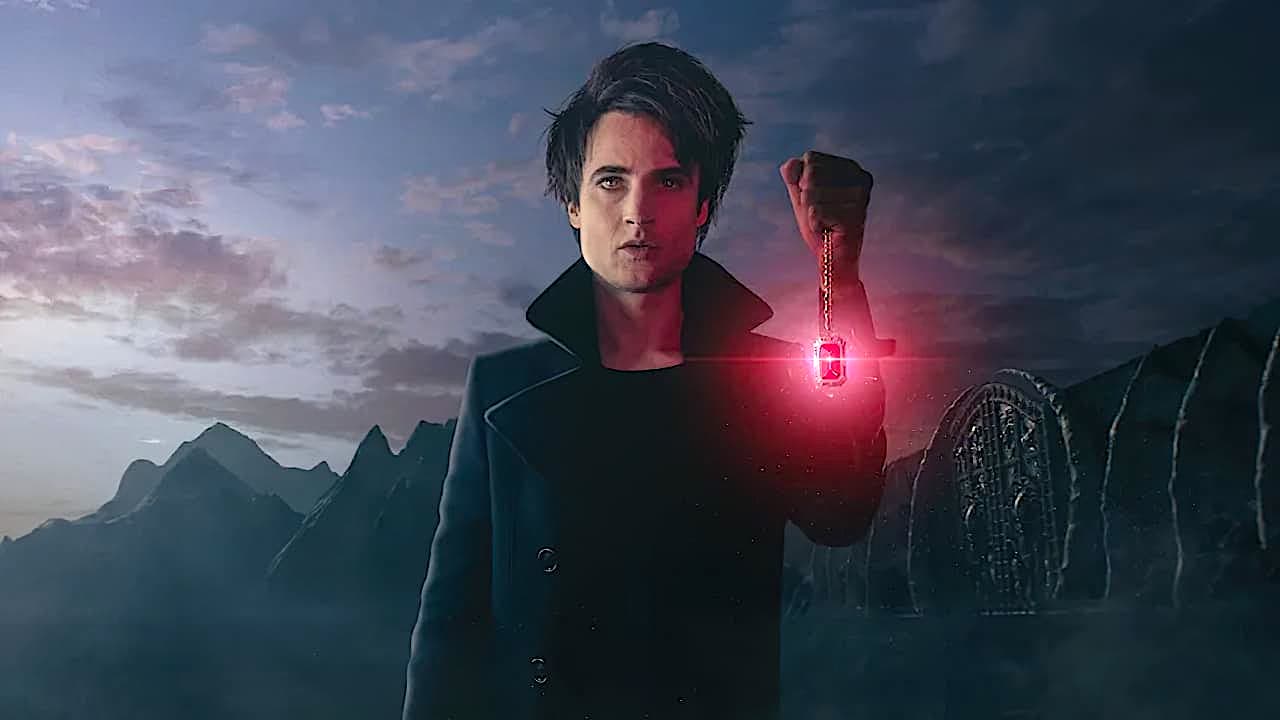
After several failed attempts, seminal comic book series The Sandman has been adapted into a suitably grand TV production. Anthony O’Connor looks at what changes have been made to bring the revered source material to the screen.
It’s been a long and tortuous journey to get Neil Gaiman’s seminal comic book series adapted for the screen. Efforts to do so have been ongoing since 1991, including a movie that would have starred Joseph Gordon-Levitt (!) as Dream, which might have been crazy enough to work? But, you know, probably not.
However, Netflix’s adaptation—developed by David S. Goyer, Allan Heinberg and Gaiman himself—is here and, somewhat shockingly, it’s pretty bloody good. Gorgeously shot, well acted, and sharply plotted, this tale of immortal goths floundering around and mucking about with the lives of mortals is as compelling today as when the comic books first debuted in 1989. And while it’s a solid adaptation, and mostly faithful, there are some big changes from the beloved source material. Let’s have a chat about them.
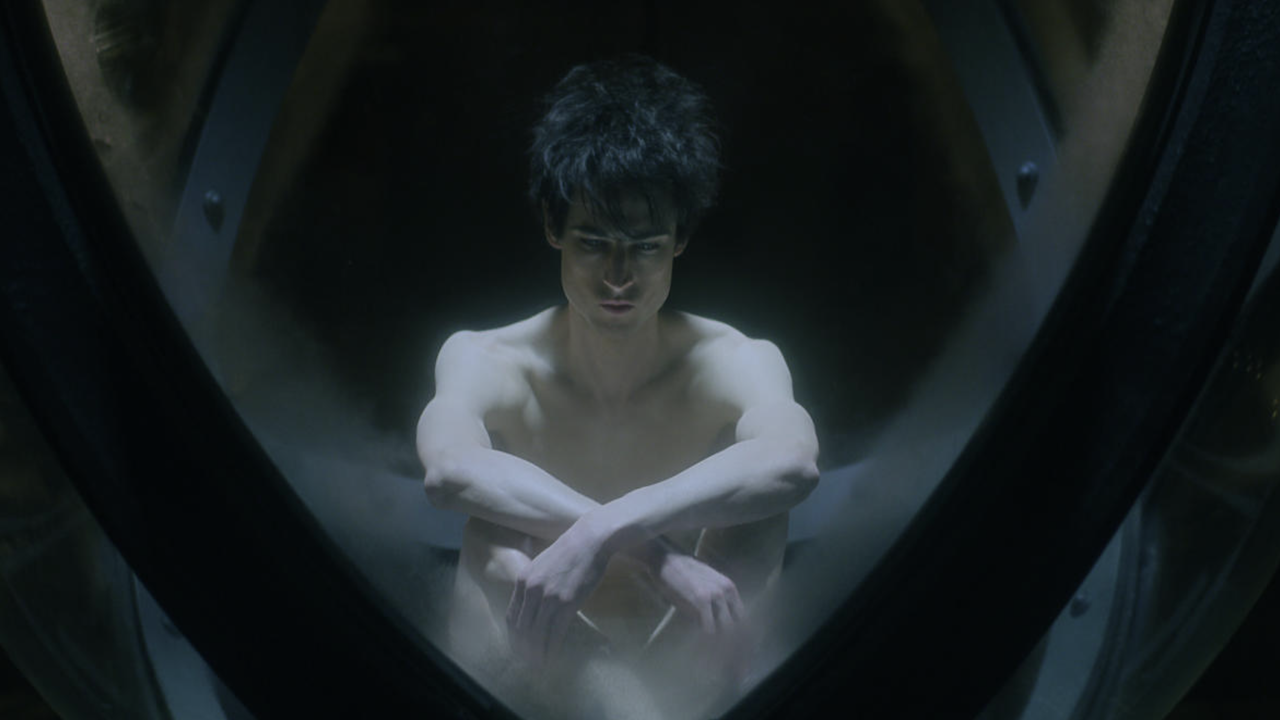
The era
Season one of The Sandman is based on the first two story arcs of the comic: Preludes & Nocturne and The Doll’s House. The story begins in 1916, with Dream (Tom Sturridge) being captured by occultist weirdo Sir Roderick Burgess (Charles Dance). The telly version has him trapped in a glass prison for 106 years, as opposed to the comic’s 70.
This is simply to allow the story to be set in the modern day, although it has a knock-on effect of changing “grandmother” characters from the comic to “great grandmothers” in the show and so on. It also means we don’t get to drink in 1980s fashion as we watch, which is a bummer.
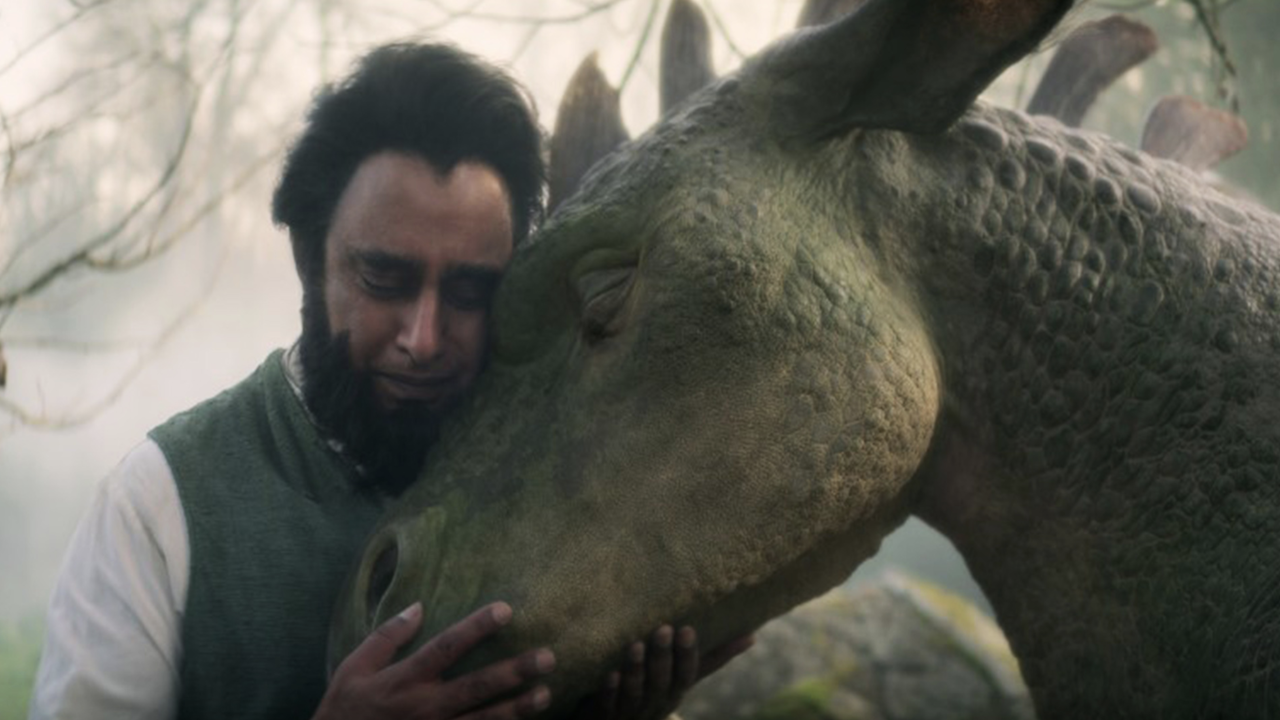
The order
While The Sandman comics are undisputed classics, they’re also very episodic, almost anthology-like at times. This makes for great reading, when you’re only getting 30-something pages a month, but doesn’t necessarily manifest as compelling telly, which tends to build to a logical story climax or climaxes over subsequent episodes.
In practical terms, this means we meet one of the main villains The Corinthian (Boyd Holbrook) a lot earlier than the comic. Ethel Dee/Madame Daudet (Niamh Walsh/Joely Richardson) has an expanded role that makes her more integral to a central arc, while Lyta Hall (Razane Jammal) is brought in much earlier, in a slightly tweaked role that will prove important to future seasons. And Matthew the Raven (voiced by Patton Oswalt) is brought in sooner, mainly to help deliver some of the more complex exposition.
Also, a rather big and upsetting change is made to the fate of Gregory the Gargoyle, which seems to exist for no other reason than to make viewers cry in episode two. What the hell, Gaiman? #JusticeForGregory
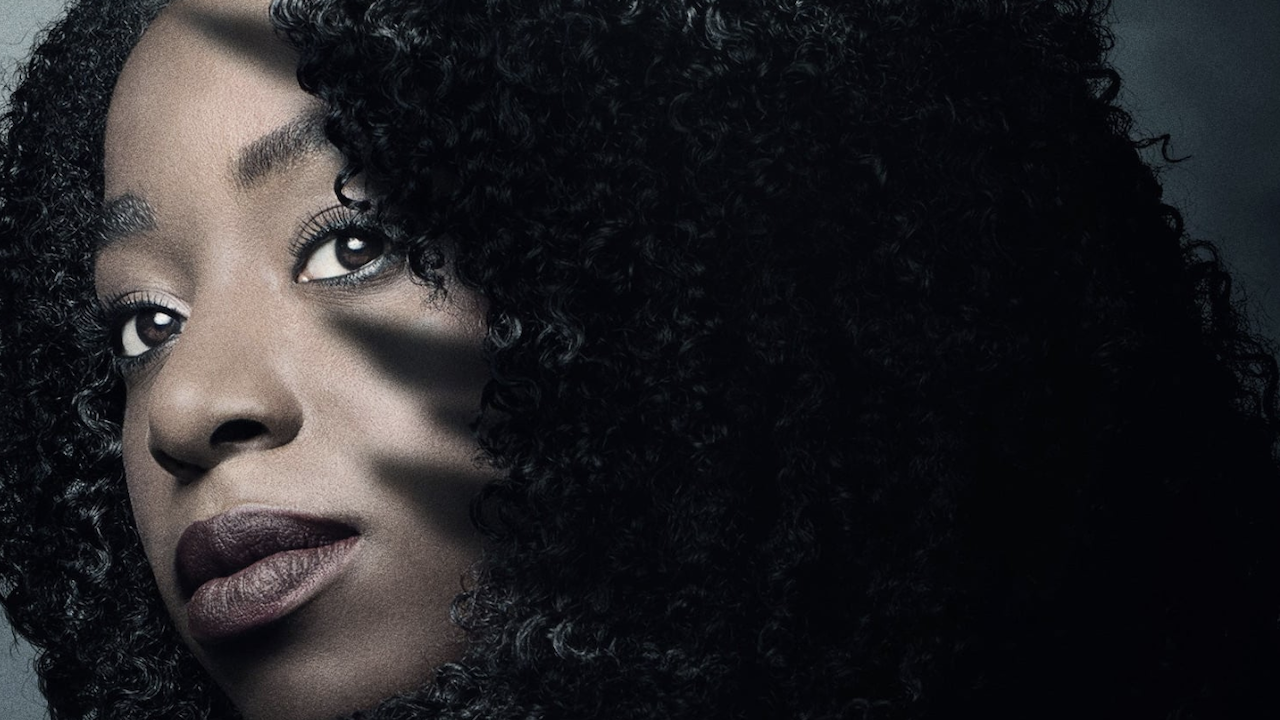
The casting
Perhaps the most obvious and divisive (amongst people you’d never want to sit next to on the bus) change from the comics are the number of gender- and race-flipped character roles. While Dream aka Morpheus looks exactly like the sooky trans-dimensional Morrissey-enjoyer you’d expect, some of the other characters are very different.
Lucien from the comics becomes Lucienne (Vivienne Acheampong) and John Constantine becomes Johanna Constantine (Jenna Coleman), a gender-flipped version of the guilt-ridden, ciggie-smoking, smart arse occult detective. Gone are the durries, but the pervasive cynicism and demon-baiting remains.
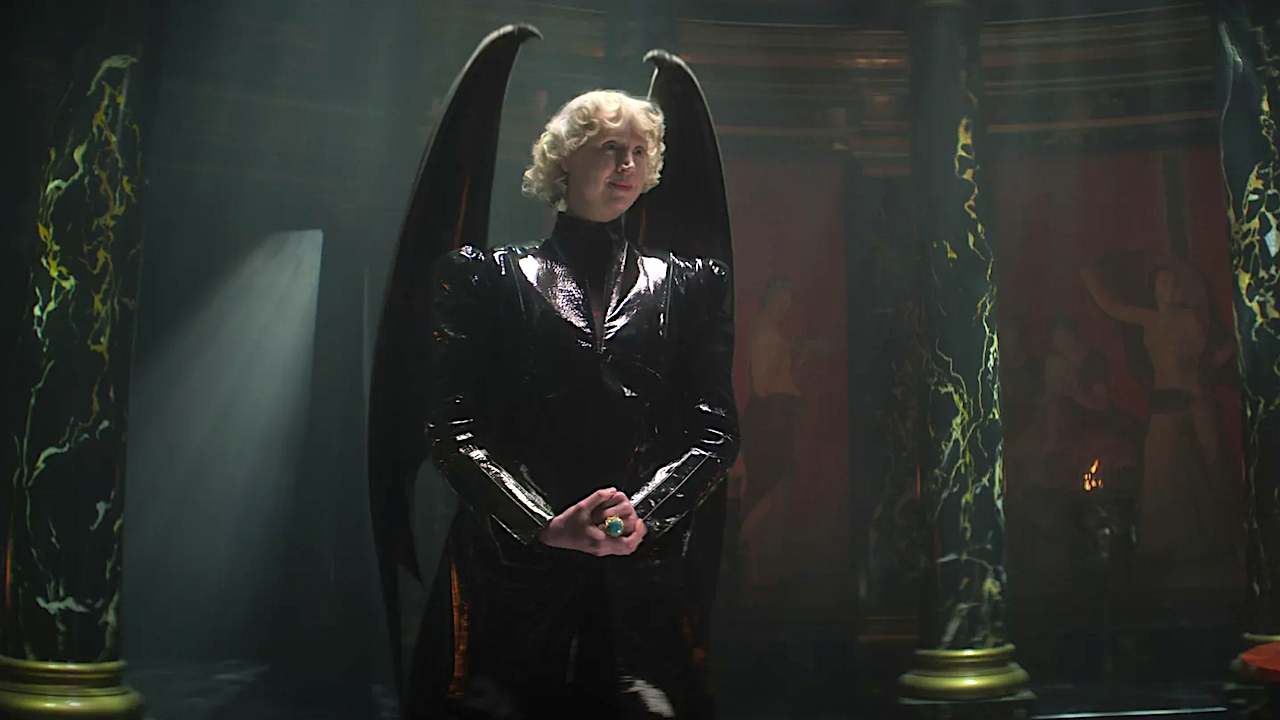
Lucifer Morningstar (Gwendoline Christie) is a gender-flipped version of Satan, but we just had six seasons of the (not very good) Lucifer series played by a bloke, so why not switch things up? Death (Kirby Howell-Baptiste) is race-flipped, and admittedly doesn’t look much like Cinamon Hadley (Gaimain’s original inspiration for the character). But she brings such charm and pathos to the role you’d be hard pressed to complain.
Rose Walker (Kyo Ra) is also race-flipped, but aside from that the character is essentially identical to that of the comic.
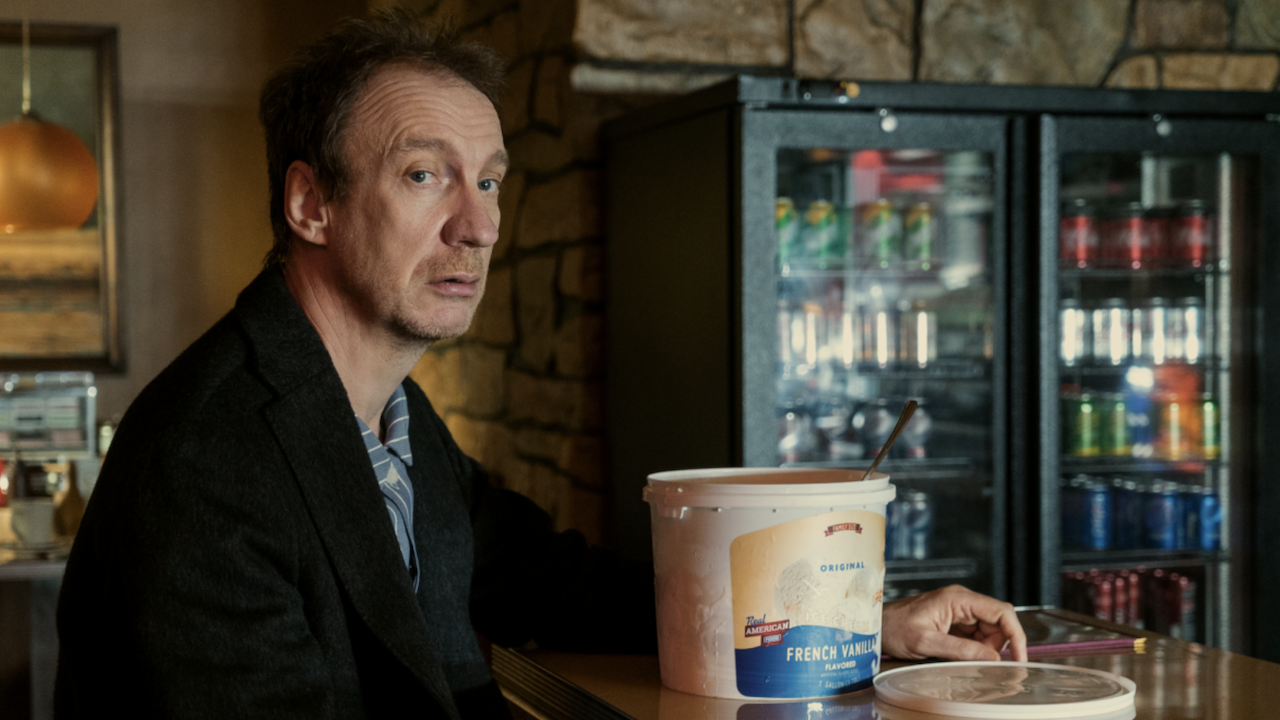
The Dee
Probably the biggest change from the comics is also the show’s best asset: John Dee (David Thewlis). In the comics, Dee looks like a brown-coloured lump of hairy, scary clay and is also known as Doctor Destiny (an actual DC supervillain, no less). He’s given a much more grounded treatment in the TV show. Dee manages to take Morpheus’ magic ruby—which controls dreams—but he seems to genuinely want to make the world a better, more honest place, where no-one can lie and everyone acts on their true desires.
Of course, best intentions pave the road to hell. This is illustrated in horrific—but profoundly effective—ways in episode five, when a small town diner becomes a grim microcosm of our world and John Dee causes all manner of chaos. Thewlis’s version of the character is, at his core, a more decent sort, letting good Samaritan Rosemary (Ted Lasso’s Sarah Niles) live, whereas his comic book counterpart did not.
Also, in the comics, Dee’s story ties directly into some shenanigans with The Justice League (including a cameo from Martian Manhunter) all of which is completely excised from the Netflix version. Which, just quietly, is probably for the best.
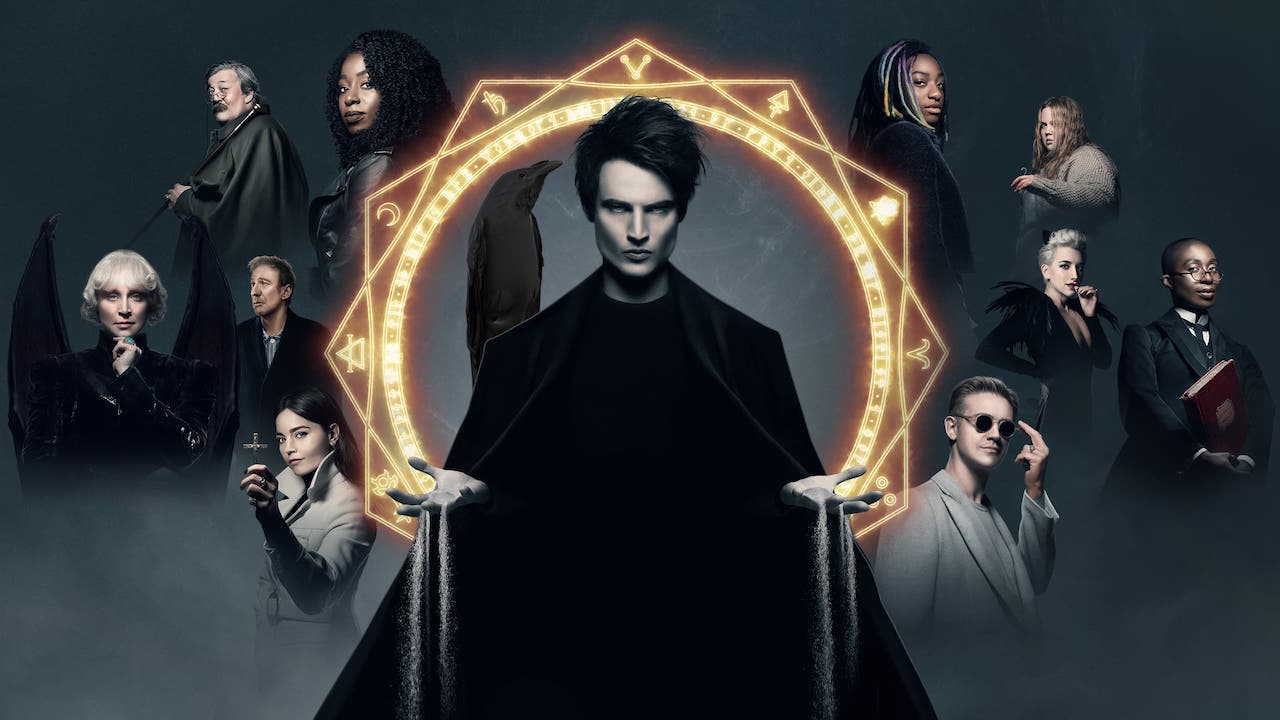
The (potential) future
As The Sandman continues, some of these smaller changes and tweaks will no doubt lead to larger divergences along the way. Which, honestly, is fine. The comic still exists, and if you want to take a gander (and you should!) it will always be there.
The show, although based on Gaimain’s work, shouldn’t be slavishly beholden to material from over three decades ago. That said, perhaps as the seasons progress we could reconsider certain decisions pertaining to the gargoyle named Gregory, NEIL.







